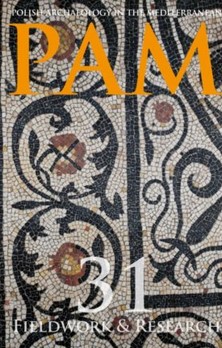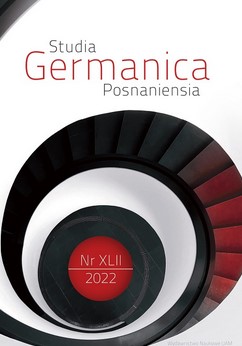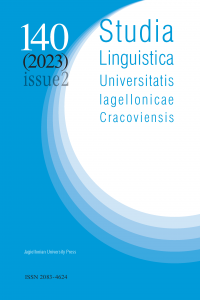
Applying the PERMA model in employee wellbeing
Applying the PERMA model in employee wellbeing
Keywords: dimensions of wellbeing; effects of wellbeing; dimensions of the PERMA model; positive psychology; positive education; wellbeing activities
The aim of this study is to define the essence of wellbeing in employee management, and present the functionality of the PERMA model in positive psychology. The first part of the study describes the multidimensionality of the concept of wellbeing and the difficulties in defining it. An important element of the conducted analysis is the presentation of the positive effects of the implementation of wellbeing in organisations, including elements of wellbeing dimensions and activities affecting wellbeing, while the most important part of the article is the diagnosis of the applicability of the PERMA model in the study of employee wellbeing and positive education. Different elements of the model are described and the latest solutions with regards to its improvement are presented. An analysis of the literature showed that a model with four additional dimensions - physical health, mindset, work environment and economic security - may be the most useful for analysing employee wellbeing. The next part of this publication is devoted to the use of the PERMA model in the classification of interventions, where we show that the model not only enables diagnosis of the weaknesses of wellbeing, but even facilitates the assigning of specific interventions. These solutions make it possible to build wellbeing that positively impacts employee behaviour, with the authors indicating discrepancies in the activities undertaken by organisations and the needs of employees with regards to wellbeing. The findings suggest that employees expect activities related to the development of their mental dimension and economic security, not necessarily related to physical health, which are most commonly implemented by organisations.
More...




